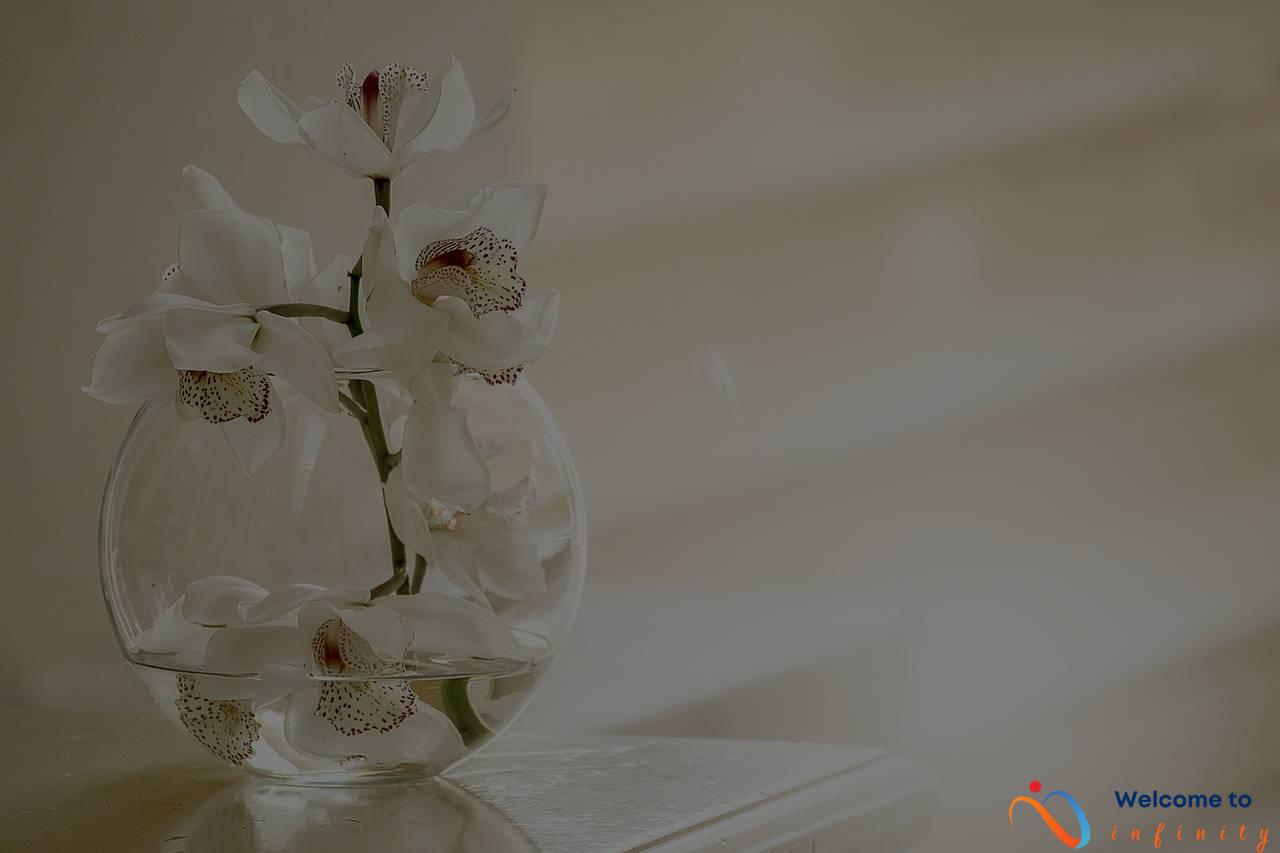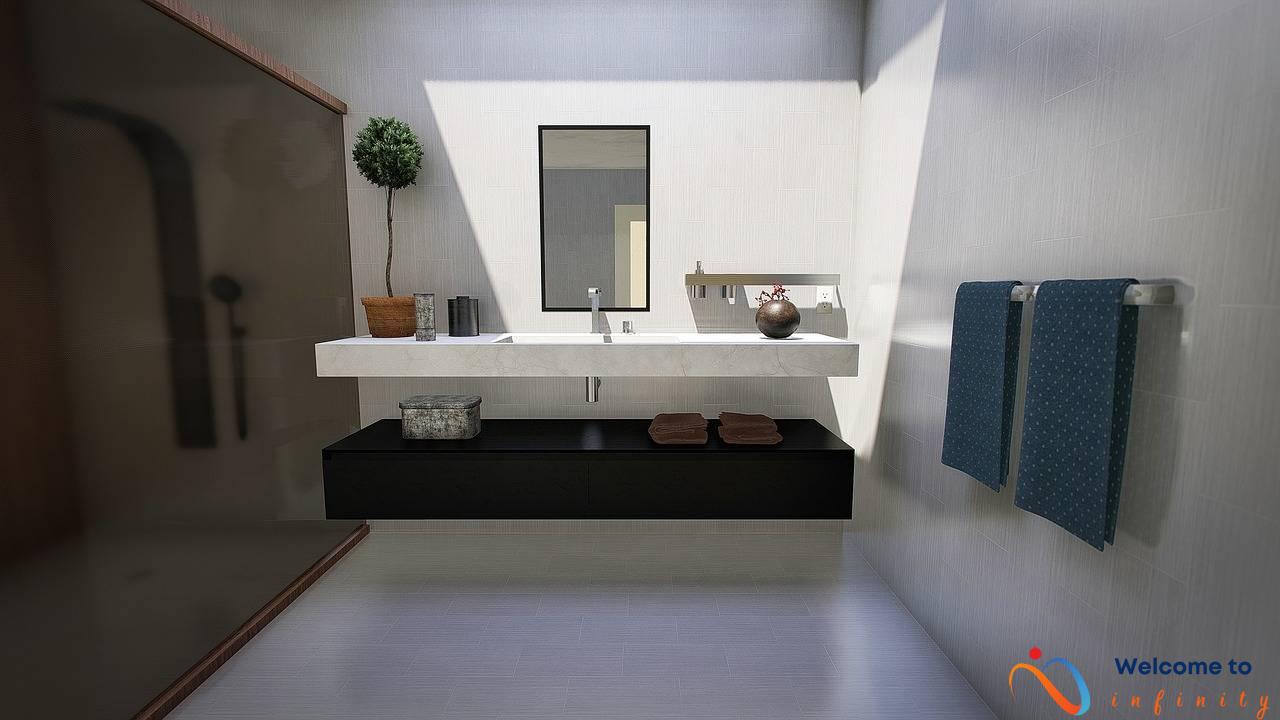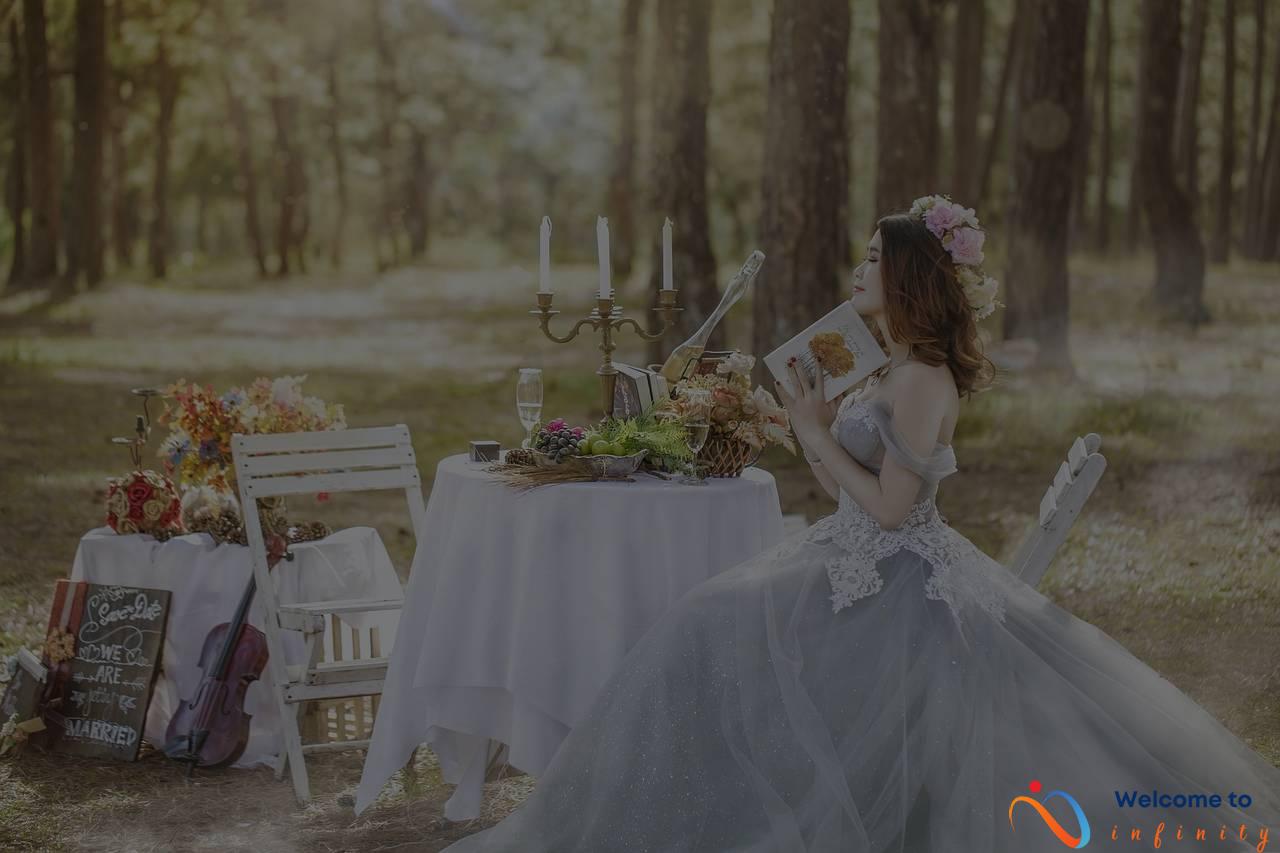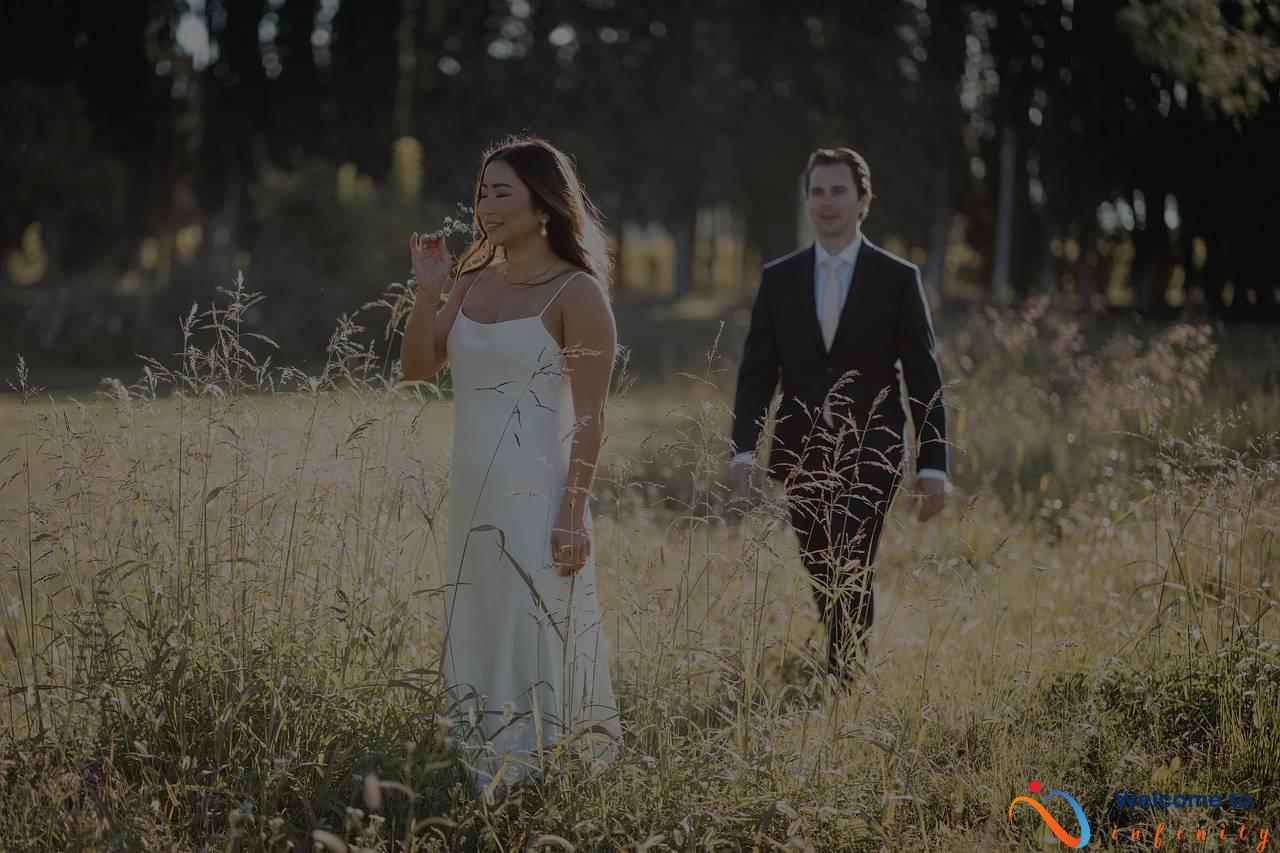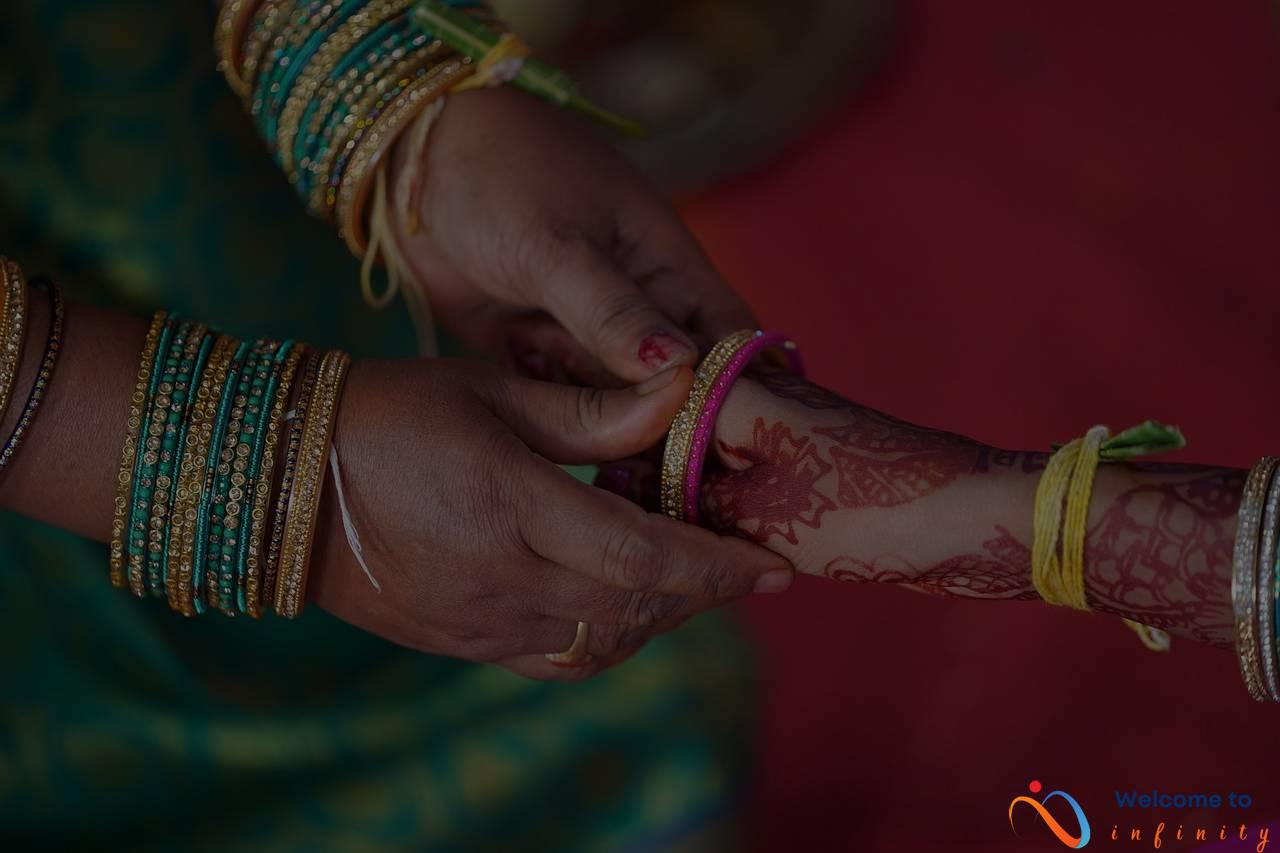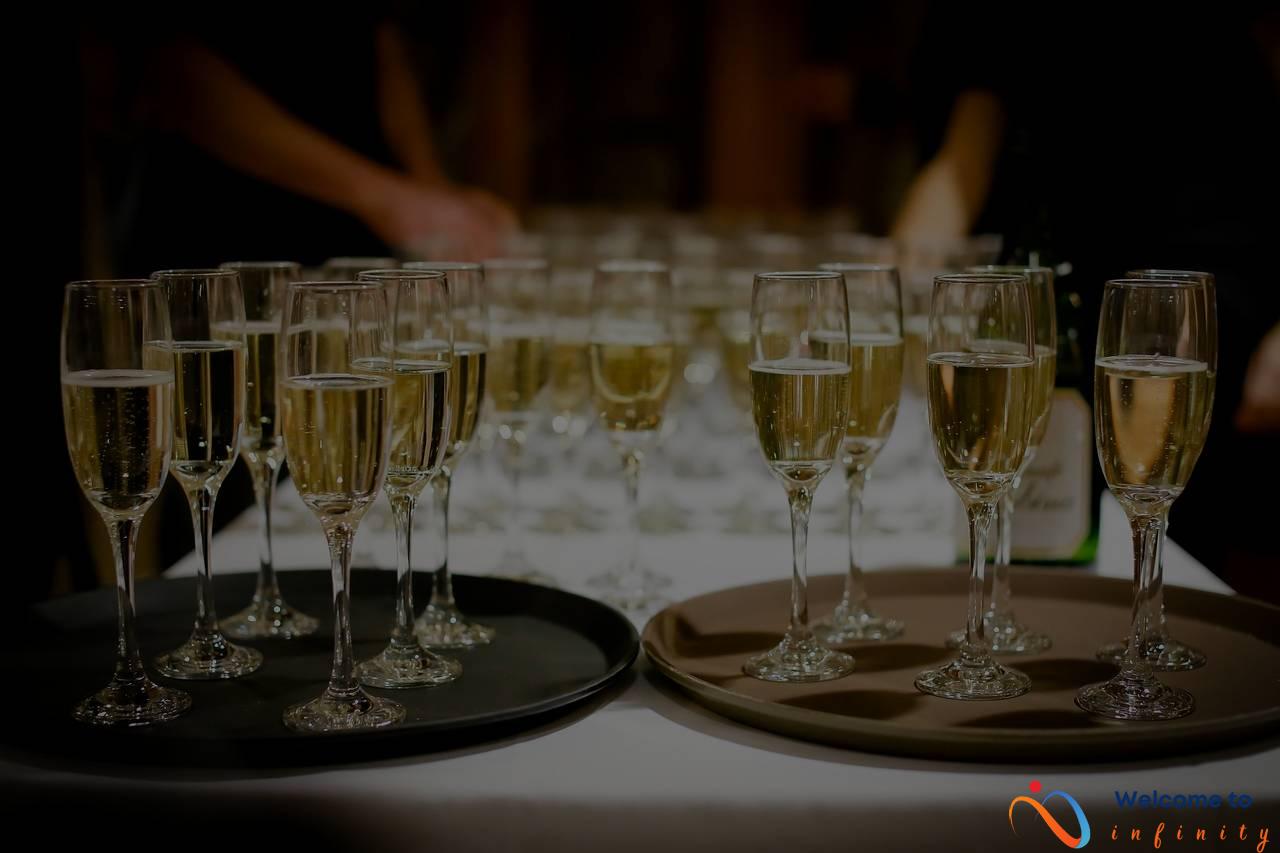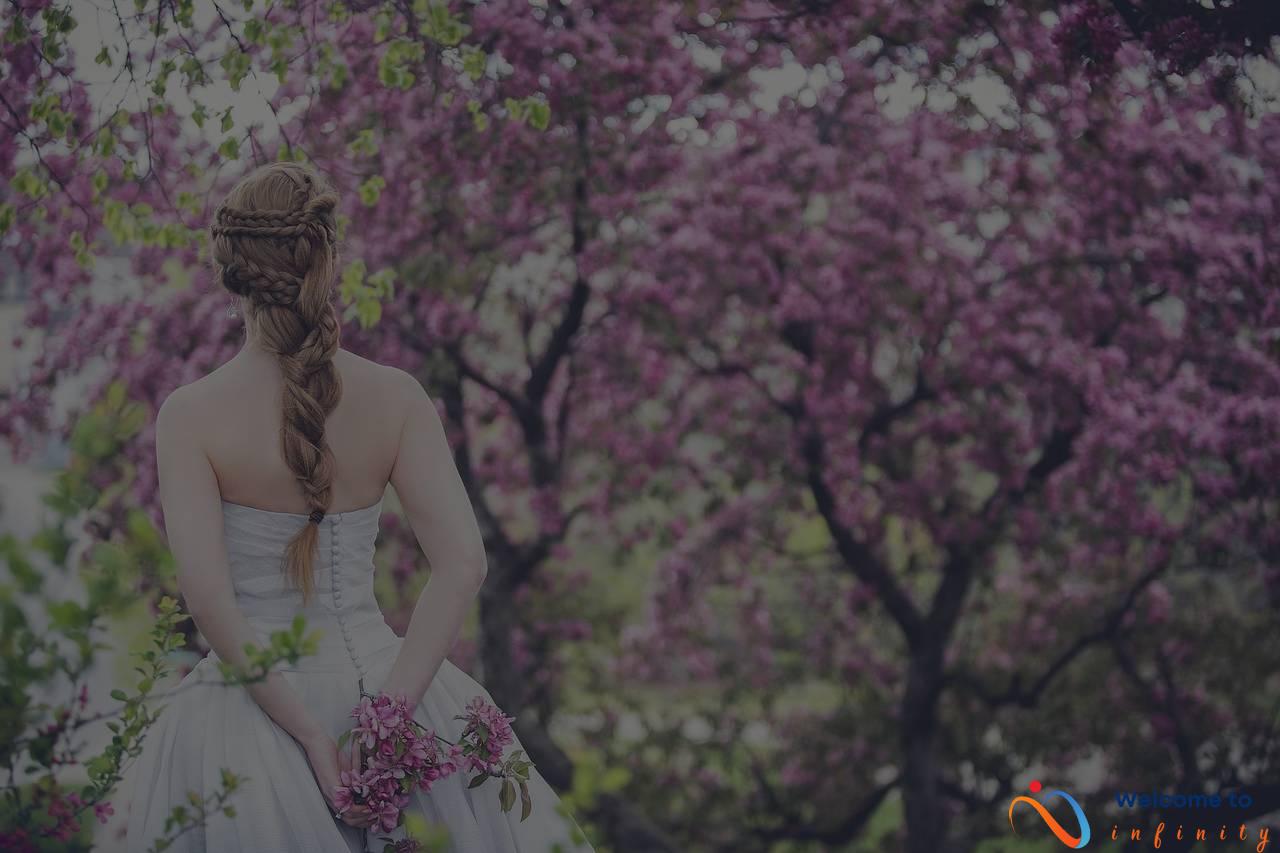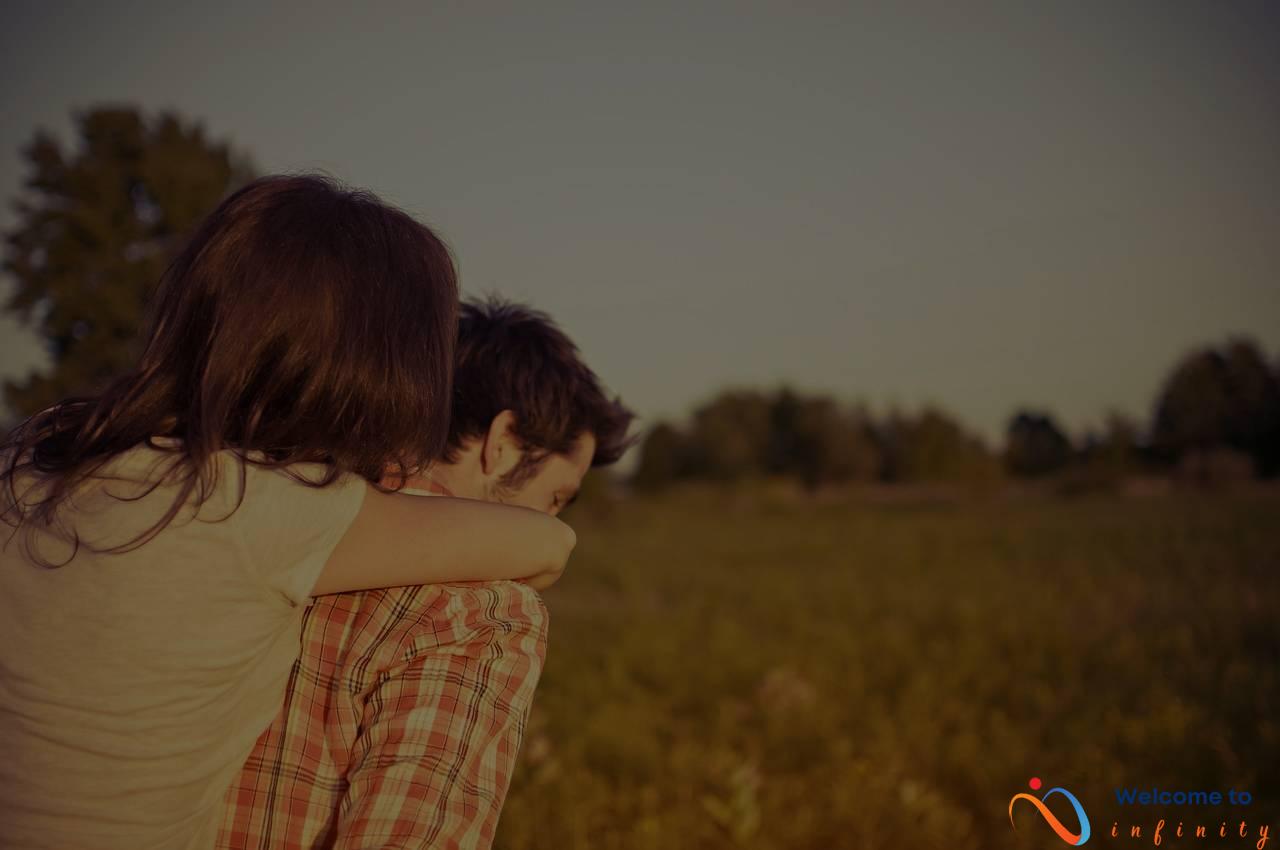On your wedding day, you want to look and feel your absolute best. A wedding dress with texture can help you achieve just that. Adding texture to your wedding dress can elevate your overall look by creating a new dimension of depth and uniqueness.
From lace and embroidery to beading and ruching, there are a variety of textures that can be incorporated into a wedding dress. Each one adds a different element to the gown, giving you the opportunity to truly customize and personalize your bridal look.
If you're unsure which texture to choose, consider your personal style, wedding theme, and venue. Certain textures may be more appropriate for a formal black-tie affair, while others are better suited for a bohemian outdoor wedding. Matching the texture of your dress to the texture of your venue can create a cohesive and visually stunning look.
Texture can also be used to flatter different body types and accentuate your best features. For example, if you're looking to add curves to a more slender frame, opt for a ruched or textured fabric. Alternatively, if you're aiming to highlight your waistline, consider a dress with intricate beading or embroidery around the midsection.
To complete your bridal look, choose accessories that complement the texture of your wedding dress. If your dress has lace detailing, opt for a veil or hair accessory with similar lace elements. Keep in mind that less is often more when it comes to accessorizing textured gowns.
Finally, it's important to properly care for your wedding dress to maintain the integrity of its texture. Follow any specific cleaning instructions from the designer or retailer, and consider hiring a professional cleaner. Store your dress in a cool, dry place to prevent any damage from moisture or humidity.
Types of Textures
When it comes to adding interest and dimension to your wedding dress, texture is a key element to consider. There are many types of textures that can be incorporated into a wedding dress, such as:
- Lace: For a feminine and romantic touch, lace creates delicate patterns and textures that add elegance to any wedding dress.
- Embroidery: Traditionally used to create intricate designs on clothing, embroidery can add a unique and personalized touch to a wedding dress.
- Beading: From simple and delicate to bold and extravagant, beading can add sparkle and shimmer to any wedding dress.
- Ruching: Typically used in the bodice or waist area, ruching gathers fabric to create texture and shape.
- Fabric overlays: Adding layers of different fabrics can create a textured effect that adds depth and interest to a wedding dress.
It's important to note that textures can work together to create a cohesive and stunning look. For example, combining lace and beading can create a luxurious and intricate texture that adds a touch of glamour to any wedding dress.
When deciding on the type of texture to incorporate into your wedding dress, consider the overall style and theme of your wedding. A rustic wedding may call for a dress with ruching or fabric overlays, while a traditional wedding may benefit from the elegance of lace or embroidery. Additionally, consider your personal style and what type of texture will flatter your body type and accentuate your best features.
In summary, incorporating texture into your wedding dress can elevate your overall look and add a unique touch to your special day. From lace to beading, ruching to fabric overlays, consider the many types of textures available and choose the one that best suits your personal style and wedding theme.
Choosing the Right Texture for You
When it comes to choosing the right texture for your wedding dress, it's important to consider a few key factors. First, think about your personal style and what textures might complement it. Are you drawn to delicate lace or bold beading? Next, consider your wedding theme; if you're having a rustic outdoor wedding, you might opt for a dress with a more natural or bohemian texture. Finally, it's important to think about your venue. If you're getting married in a grand ballroom, a dress with intricate embroidery or metallic details might be a stunning choice.
To help narrow down your options, consider creating a list of textures that you're drawn to and then researching how they might fit in with your personal style, wedding theme, and venue. You could also try on dresses with different textures to see which ones you feel most comfortable and confident in.
Remember that the texture of your dress can have a big impact on how it flatters your body type. For example, if you have a curvy figure, a dress with ruching or pleating can help accentuate your waist and create a more hourglass silhouette. On the other hand, if you're looking to create the illusion of curves, a dress with textured layers or ruffles can help add volume and depth.
Ultimately, the key to choosing the right texture for your wedding dress is to have fun with it! Experiment with different textures and styles to find the one that makes you feel most beautiful and confident on your big day.
Matching Texture to Venue
When selecting a wedding dress texture, it is important to consider the texture of the venue to ensure a cohesive look. If you have selected a venue with a lot of texture, such as an outdoor garden or a historical building with architectural details, it's recommended to choose a wedding dress with minimal texture to avoid competing with the venue. On the other hand, if your venue has a simple and minimal texture, you can incorporate more texture into your dress to add interest and depth to your overall look.
One way to match texture is to consider the color scheme of your venue. The color of your dress can either match or contrast with the color of the venue's texture. For example, if your venue has exposed brick or wooden beams, you can choose a dress with a design element that matches the color of the wood or brick. Alternatively, you can select a dress with a contrasting hue to make your dress stand out from the venue's texture.
Another way to match texture is to consider the material of your dress. If your venue has a lot of natural elements, such as rocks or foliage, you can select a dress with lace or embroidery that mimics the texture of the natural environment. In contrast, if your venue is more modern with smooth surfaces, you can choose a dress with a sleek and smooth texture, such as satin or silk.
In addition, matching the texture of your accessories to your dress and venue can further enhance the cohesiveness of your look. For example, if your dress has beading or sequins, consider incorporating similar jewelry in your bridal accessories. Similarly, if your venue has a lot of greenery, incorporate a floral headpiece or bouquet that complements the natural texture of your surroundings.
Remember, matching texture to your venue is about creating a harmonious and cohesive look. Consider the overall feel of your wedding and choose a dress texture that complements the venue while also showcasing your personal style.
Texture for Different Body Types
When choosing a textured wedding dress, it's important to consider how it will flatter your body type and accentuate your best features. Here are some tips on how to choose the right texture for your body type:
- Petite: If you're petite, consider lighter textures such as lace or soft embroidery, which can create the illusion of length. Avoid heavier textures like ruching or beading, which can overwhelm a smaller frame.
- Tall: Tall brides can pull off heavier textures like ruching or beading, which can add depth to the dress and give it a more dramatic look. Soft, delicate textures like lace can also complement a taller frame.
- Curvy: For curvier brides, textures like ruching or beading can emphasize curves in all the right places. Avoid thinner textures like chiffon or lightweight lace, which can cling to curves in an unflattering way.
- Straight: If you have a straight body type, consider textures that add volume and dimension to your frame, such as ruffles or layered tulle. Soft, delicate textures like lace can also complement your figure.
Remember, it's all about finding a texture that flatters your body type and makes you feel confident on your big day. Don't be afraid to try different textures and styles during your dress shopping process, and use these tips as a guide to help you find the perfect dress for you.
Accessories and Texture
Accessories are an essential part of any bridal look, and when it comes to textured wedding dresses, they can make or break your overall look. When choosing accessories to pair with a textured dress, it is important to consider the type and intensity of the texture. For instance, if your wedding dress has intricate lace detailing, it is best to keep your jewelry and accessories minimalistic to avoid overcrowding your look.
If you have a simple wedding dress with minimal texture, you can play with accessories to add some interest. A statement necklace or a pair of chandelier earrings can help elevate your look and make it more glamorous. However, it is important to balance your accessories with the texture of your dress to avoid looking overdone.
For a boho-chic look, consider adding some texture to your hair with a braided updo or a flower crown. These accessories will complement the texture of your dress while adding a touch of elegance to your overall look. If your dress has a vintage vibe, opt for a pair of vintage-inspired shoes or a clutch to complete your look.
Another factor to consider when accessorizing a textured wedding dress is the color of your accessories. It is crucial to select accessories that complement the color of your dress and do not clash with it. For instance, if you have a white dress with beading in ivory or silver, it is best to choose accessories in those colors to create a cohesive look.
In conclusion, accessorizing a textured wedding dress requires some careful thought and consideration. By choosing accessories that complement the texture and color of your dress, you can create a stunning bridal look that is unique and unforgettable. Remember to keep it simple and elegant, and let your dress shine.
Caring for Texture
A wedding dress is one of the most significant clothing purchases that a woman will ever make, and taking care of it properly will ensure that it remains a treasured item for years to come. A textured wedding dress needs special care and attention to maintain its texture and uniqueness.
Before your wedding day, it is essential to keep your wedding dress protected and stored correctly. Hang it up using padded hangers or store it in a garment bag made of natural fibers to avoid any damage to the texture. Be sure to keep your dress away from direct sunlight, humidity, and extreme temperatures as they could damage the fabric and texture.
During the wedding day, it is advisable to avoid eating and drinking while wearing your wedding dress or spilling any liquids on it. If any spillage or stain occurs, seek professional help to remove the stain and avoid damaging the texture of your dress.
After your wedding day, take your dress to a professional dry cleaner who specializes in wedding gowns, be sure to inform them of the texture of your dress, so they choose the appropriate cleaning method for it. Store your wedding dress in a cool, dry place with enough room to prevent creasing or crushing that could damage the texture of the dress. You can also consider having your dress preserved to protect and maintain its texture over time.
In summary, maintaining the texture of your wedding dress should be a top priority for any bride who wants to keep it in pristine condition. Before, during, and after your wedding day, you should take care to follow the tips mentioned above to keep the texture of your dress unique and beautiful.

